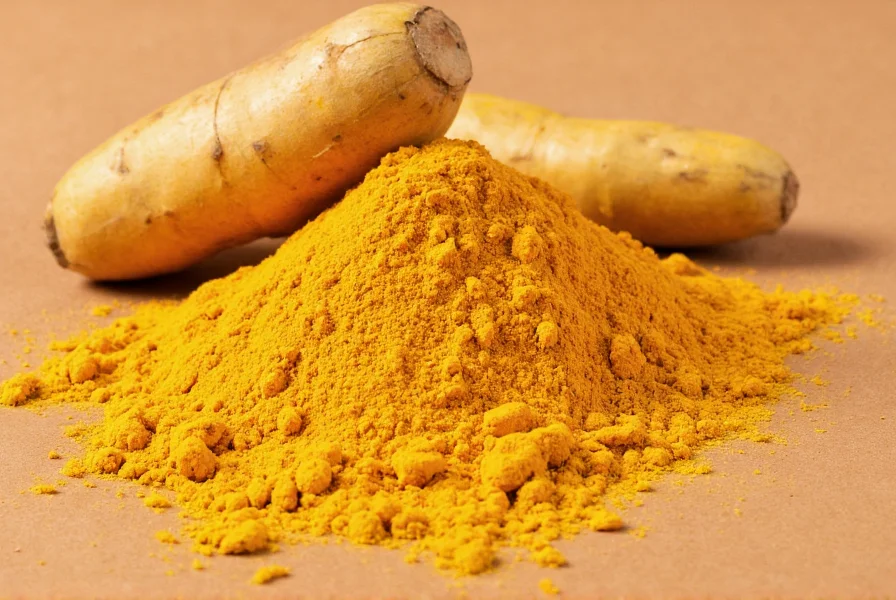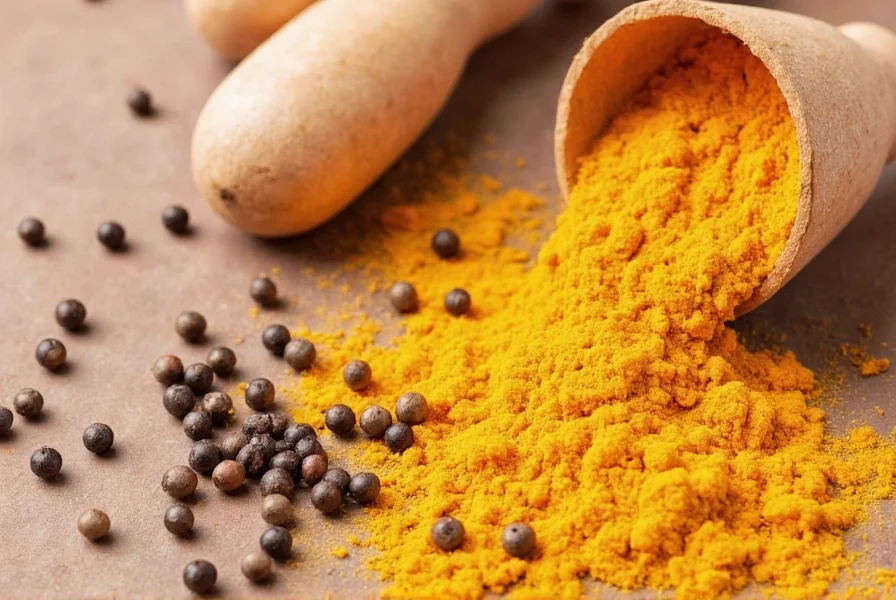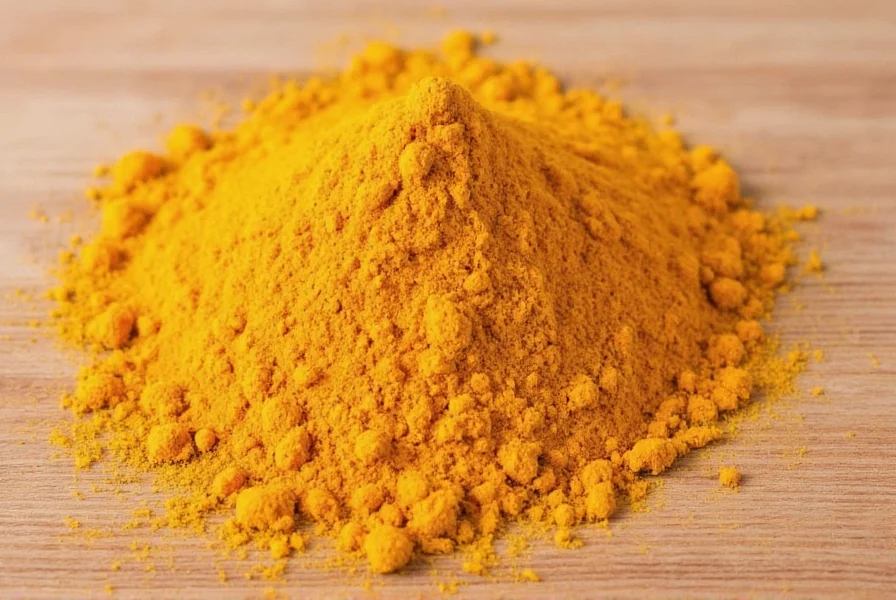For centuries, turmeric has been revered in traditional medicine systems across Asia. Modern science now validates many of its purported health benefits, particularly through its primary bioactive compound, curcumin. This golden spice delivers measurable anti-inflammatory and antioxidant effects that can support various aspects of human health when consumed properly.
Understanding Turmeric and Curcumin
Turmeric (Curcuma longa) is a flowering plant whose rhizomes are dried and ground to create the familiar yellow spice. While turmeric contains numerous compounds, curcumin represents just 2-8% of its composition yet accounts for most of its therapeutic properties. This polyphenol gives turmeric its distinctive color and potent biological activity.
Despite promising research, curcumin faces significant bioavailability challenges. When consumed alone, it's poorly absorbed, rapidly metabolized, and quickly eliminated from the body. This explains why traditional preparations often combine turmeric with black pepper (containing piperine) or fats to enhance absorption—a practice now validated by contemporary science.

Scientifically Supported Health Benefits
Powerful Anti-Inflammatory Effects
Chronic inflammation underlies many modern diseases, and curcumin demonstrates remarkable anti-inflammatory properties. Multiple studies, including a 2017 review in Food Science & Nutrition, confirm that curcumin inhibits key inflammatory pathways at the molecular level. In some clinical trials, standardized curcumin extracts matched the effectiveness of anti-inflammatory drugs like ibuprofen for certain conditions, but without the gastrointestinal side effects.
Research on natural anti-inflammatory turmeric effects shows particular promise for individuals with metabolic syndrome, where chronic low-grade inflammation contributes to insulin resistance and cardiovascular risk.
Joint Health and Arthritis Management
One of the most well-documented applications involves joint health. A comprehensive analysis published in the Journal of Medicinal Food examined multiple clinical trials and concluded that curcumin supplementation significantly reduced pain and improved function in osteoarthritis patients. Participants taking standardized curcumin extracts reported comparable relief to those using conventional NSAIDs, with better gastrointestinal tolerance.
For those seeking turmeric supplements for joint pain relief, research suggests doses of 500-1,500 mg of standardized curcumin (typically 95% curcuminoids) taken two to three times daily provide optimal results when combined with absorption enhancers.
Antioxidant Capacity and Cellular Protection
Curcumin functions as both an antioxidant and boosts the body's own antioxidant enzymes. This dual action helps neutralize free radicals while enhancing the activity of superoxide dismutase and glutathione peroxidase. A 2020 study in Antioxidants demonstrated that regular curcumin consumption increased total antioxidant capacity in participants' blood by 15-20% within eight weeks.
Brain Health and Cognitive Function
Emerging research on turmeric benefits for brain health reveals promising connections between curcumin consumption and cognitive preservation. Curcumin increases brain-derived neurotrophic factor (BDNF), a growth hormone that functions in the brain. Declining BDNF levels associate with depression and Alzheimer's disease. Population studies in India, where turmeric consumption is high, show lower rates of cognitive decline among older adults compared to Western populations.
| Health Benefit | Research Evidence Level | Recommended Daily Intake | Timeframe for Noticeable Effects |
|---|---|---|---|
| Anti-inflammatory effects | Strong clinical evidence | 500-1500mg curcumin | 2-4 weeks |
| Joint pain relief | Multiple clinical trials | 1000-1500mg curcumin | 4-8 weeks |
| Antioxidant boost | Consistent research findings | 500-1000mg curcumin | 6-8 weeks |
| Cognitive support | Emerging evidence | 500-1000mg curcumin | 3-6 months |
Practical Considerations for Maximum Benefit
Overcoming Bioavailability Challenges
The curcumin bioavailability issues represent the biggest obstacle to realizing turmeric's full potential. To address this, consider these evidence-based strategies:
- Combine with piperine: Black pepper extract (piperine) increases curcumin absorption by up to 2,000% according to research in Planta Medica
- Consume with healthy fats: Curcumin is fat-soluble, so taking it with avocado, olive oil, or nuts enhances absorption
- Choose enhanced formulations: Look for products containing phospholipids (meriva), nanoparticles, or other delivery systems designed to improve bioavailability
Optimal Dosage and Forms
For scientific evidence for turmeric benefits, most clinical studies use standardized curcumin extracts providing 500-1,500 mg of curcuminoids daily. Whole turmeric powder contains only about 3% curcumin by weight, meaning you'd need to consume substantial quantities to reach therapeutic levels.
When selecting supplements, prioritize products with third-party verification from organizations like USP, NSF, or ConsumerLab to ensure purity and accurate labeling. The best way to take turmeric for maximum absorption involves consistent daily dosing, preferably with meals containing healthy fats.

Important Limitations and Safety Considerations
Realistic Expectations
While turmeric offers genuine health benefits, it's not a miracle cure. The how turmeric reduces inflammation mechanism is well-established, but effects are generally modest and develop gradually. Turmeric works best as part of a comprehensive approach to health that includes proper nutrition, exercise, and medical care when needed.
Potential Side Effects and Interactions
Turmeric is generally safe at culinary doses, but higher supplemental doses may cause:
- Gastrointestinal discomfort in sensitive individuals
- Increased bleeding risk when combined with blood thinners
- Interference with certain chemotherapy drugs
- Potential gallbladder contractions in those with gallstones
Individuals with diabetes should monitor blood sugar closely, as turmeric may enhance medication effects. Those with iron deficiency should consume turmeric between meals, as it can inhibit iron absorption.
Conclusion: Integrating Turmeric Wisely
The evidence-based turmeric health effects demonstrate clear value for inflammation management, joint support, and antioxidant protection. By understanding both the potential and limitations of this ancient spice, you can make informed decisions about incorporating it into your wellness routine. Remember that consistent, strategic consumption yields the best results, and turmeric works synergistically with other healthy lifestyle choices rather than serving as a standalone solution.
Frequently Asked Questions
How long does it take to experience turmeric benefits?
Most people notice reduced inflammation and joint discomfort within 2-4 weeks of consistent daily use at appropriate doses (500-1,500mg curcumin). More significant effects on chronic conditions typically require 8-12 weeks of regular supplementation. Cognitive benefits may take 3-6 months of consistent use to become noticeable.
Can I get enough curcumin from cooking with turmeric?
While culinary use provides health benefits, achieving therapeutic curcumin levels typically requires supplementation. One tablespoon of turmeric powder contains only about 200-300mg of curcumin, whereas most clinical studies use 500-1,500mg daily. For significant health benefits beyond general wellness, standardized curcumin supplements are generally necessary.
Does turmeric interact with medications?
Yes, turmeric can interact with several medications. It may enhance blood thinners like warfarin, increase the effects of diabetes medications, and potentially interfere with certain chemotherapy drugs. If you take prescription medications, particularly for blood clotting, diabetes, or cancer treatment, consult your healthcare provider before starting turmeric supplements.
What's the best time of day to take turmeric?
For optimal absorption, take turmeric with meals containing healthy fats. Dividing the daily dose (for example, 500mg twice daily) may maintain more consistent blood levels. Some people experience mild gastrointestinal effects when taking turmeric on an empty stomach, so consuming it with food is generally recommended. If using turmeric for sleep support, some find evening dosing beneficial.
Is turmeric safe for long-term use?
Current research suggests turmeric is safe for long-term use at appropriate doses. Studies examining continuous use for 6-12 months show good tolerance in most individuals. However, those with gallbladder issues, bleeding disorders, or iron deficiency should exercise caution. Periodic breaks (such as 2 weeks off every 3-4 months) may be prudent for long-term users, though research hasn't established this as necessary.











 浙公网安备
33010002000092号
浙公网安备
33010002000092号 浙B2-20120091-4
浙B2-20120091-4